|
|
The Envisionment and Discovery CollaboratoryVirtual Stakeholders |
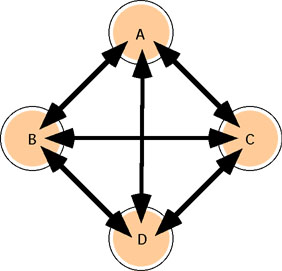
|
Unfocused DiscussionIn a discussion that occurs in an artifact-free setting, the discussion will often become unfocused and may result in mismatches in understanding or the movement into areas that are too far removed from the problem at hand. Many concerns, arguments, and aspects may remain tacit. |

|
Focused DiscussionBy using physical games, the interaction between the pieces and the board allows stakeholders to focus on the argument. It enables them to complement subjective aspects, such as emotion or intensity of conviction with more objective considerations such as descriptions of functionality. It permits added flexibility in the discussion to interact with the situation further: for example, to make evaluations, to make changes or modifications to the situation, or to describe a problem solution. Identified stakeholders in real decision situations act as players and are selected based on whether they are affected by or are effecting a design action. Thus, the selection identifies the members of the critical coalition for a planning action [Arias, 1994]. In this manner the players have a "vested interest"in the outcomes of the game-simulation. Once a meaning has been negotiated for a game piece, the piece becomes an implicit part of the communication. The objects act as a means of focusing the conversation and a conduit for emphasis, feeling, and conviction. The physical support interaction between playersóthe ability to give a physical object to another player and associate a meaning with that transaction can enhance ideas and viewpoints more directly. |
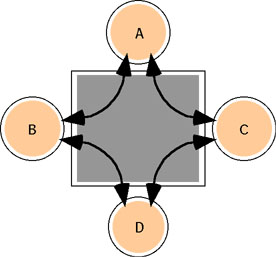
|
InterSimThe Intersim environment builds on the capabilities provided by physical games by allowing dynamic aspects of the situation and to reinforce the negotiated meanings of the language developed by the participants. |


|
Virtual StakeholdersThe virtual stakeholder idea builds on our work with critics [Fischer et al., 1991b], and attempts to capture different perspectives and allow them to be brought to the table as needed. Whereas unaided interactions and interactions supported by physical media require the presence of all stakeholders, by capturing aspects of various perspectives (e.g., arguments, rules), computational media can afford some representation of viewpoints not present at the table. Individuals could use this as a training tool or sounding board. |
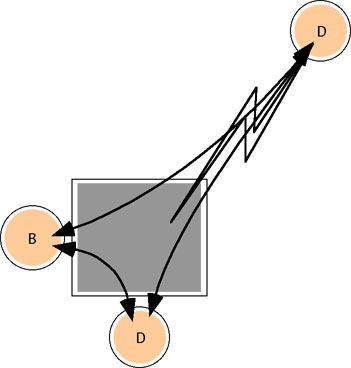
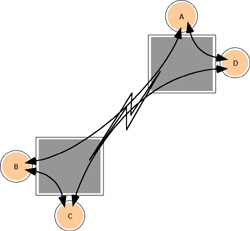
|
Distance InteractionThe distance interaction could take the form of simultaneous sessions at different locations, or asynchronous outreachóe.g., making the models available at multiple locations, such as neighborhood libraries, for people to study, explore, and comment at times convenient for them, not just when the public forums are held. |
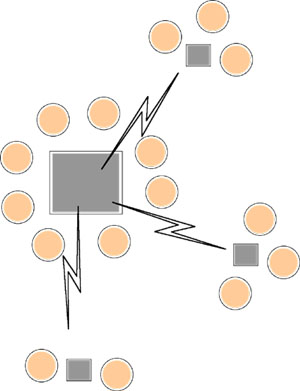
|
Citizen CornersBy providing means for neighborhood groups better, more intimate access to resources and interaction with problems in the design process encourages more participation. |